阿菲金中国/编译
写在开篇
抗生素滥用已成为当今牧场疾病治疗的现状,对症下药迫在眉睫。当然首先要做到早揭发、进而做病菌培养、方可对症下药。
本篇文章将介绍乳房炎对症下药的管理方法:
病菌培养方法
培养结果的鉴定
根据鉴定结果选择治疗方案
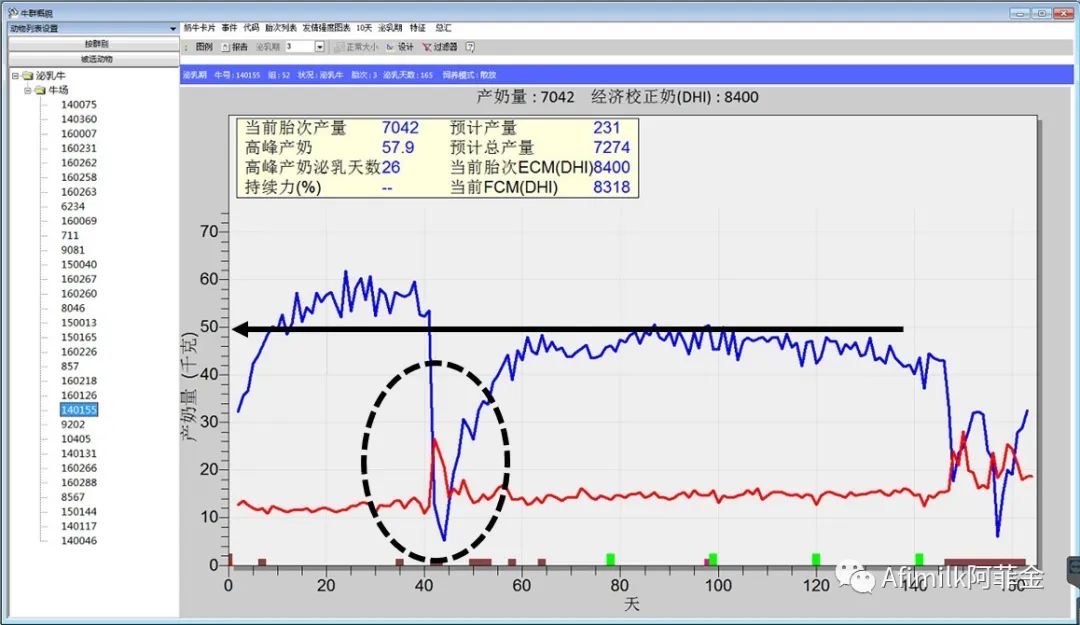
牧场临床乳房炎病例损失举例
在牧场有许多治疗临床乳房炎的方法。一些牧场使用抗生素和支持性护理治疗每一个临床病例。其他牧场可能不会使用任何抗生素在临床乳房炎上,而是在必要时仅使用支持性护理。还有一些只给严重乳房炎病例使用抗生素。
无论您的牧场属于哪种类别,跟踪并记录每例临床乳房炎都很重要的,无论是治疗,未治疗或是淘汰。每年牧场临床乳房炎发病率是少于25%。

病菌培养临床病例
临床病例的微生物培养
当奶牛确定患有临床乳房炎时,应考虑不同的方法,而不是盲目遵循治疗方案或不进行治疗。在治疗前进行临床乳房炎微生物培养很简单、可快速检测结果、并有助于生产者做出更明智的决策。
牧场设立微生物培养非常简单、便宜。对于一般型号的小保温箱,价格在300-400美元之间。可以用聚苯乙烯泡沫塑料的鸡蛋孵化器,价格更便宜。其他必要器材有培养皿(双板最容易,其他板也可以)、牛奶无菌收集瓶和无菌棉签。可以对挤奶工进行培训,在发现新病例时,让挤奶工收集无菌牛奶样本并冷藏。牧场微生物培养实验室成功与否最重要的是对该程序感兴趣并能领导和监督的人。
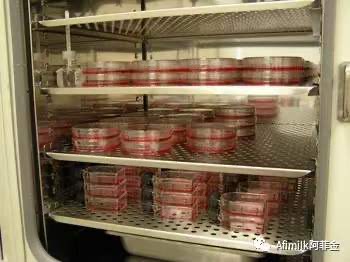
保温箱里的培养皿
图片来源:bionique.com
最简单的使用双板。双板有两面。血琼脂是大多数好氧细菌的培养基,而麦康凯琼脂仅支持革兰氏阴性菌(如大肠杆菌)的生长。收集样品后,经过培训的人员将少量牛奶涂在培养皿上,培养24小时。
根据培养结果进行鉴定:
无细菌生长-奶牛乳房炎已自愈,不建议使用抗生素
革兰氏阴性菌-奶牛通常能够自愈,因此不需要抗生素,但是奶牛可能需要支持性治疗
革兰氏阳性菌-通常为链球菌或葡萄球菌,通常需要乳房内注射抗生素
被污染的样品-应重新培养或不使用抗生素
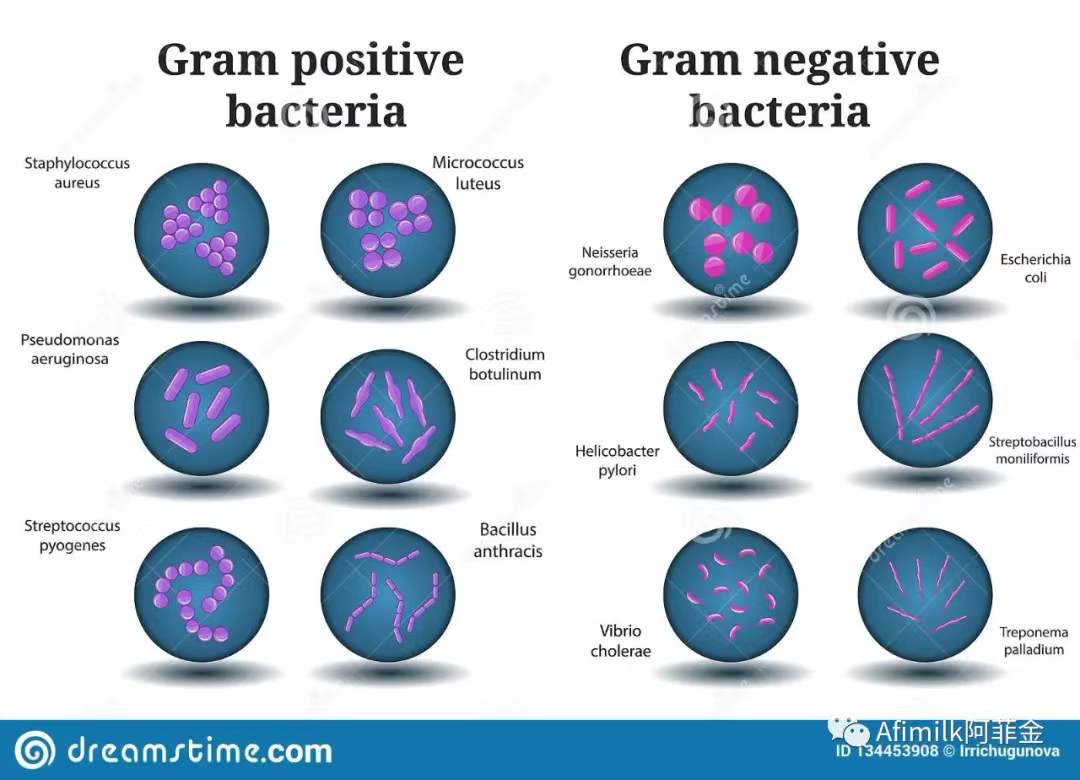
不同细菌培养皿结果
图片来源:Irina Chugunova | Dreamstime.com

减少抗生素的使用
建立牧场牛奶培养实验室的目的是减少抗生素的使用,只对需要抗生素治疗的乳房炎(革兰氏阳性菌)使用抗生素,同时鉴定牧场临床乳房炎发病常见原因,制定适当的干预措施,以减少临床乳房炎的发生。大肠杆菌、革兰氏阳性菌和无培养结果分别约占乳房炎致病菌类型的33%。这意味着在牧场仅约33%的临床乳房炎(革兰氏阳性)病例需要抗生素治疗。
奶牛感染了革兰氏阳性菌,牛奶通常会在5-6天后恢复正常,但是这些细菌会造成慢性感染,进而造成大缸奶体细胞数增加。这是这些感染在发病初期需要抗生素治疗的原因。

患有乳房炎的牛只奶量变化
您的兽医可以帮助监督和建立牧场牛奶微生物培养方案。谨记决定治疗与否是否使用抗生素。您的兽医可以根据奶牛身体状况制定可能需要的支持治疗方案。
熟练鉴定培养皿也需要一些练习。最简单的方法是将培养皿照片发送给可以提供帮助的人,例如您的兽医。他们可以确定否需要其他检测,例如金黄色葡萄球菌等传染性细菌或其他细菌如克雷伯菌的确认。细菌培养结果确定后,请务必记录结果。
在治疗临床乳房炎时做出明智决策。不仅可以减少抗生素的使用而且省钱,通过鉴定当前临床乳房炎流行病学快照还有助于整个牛群的健康。
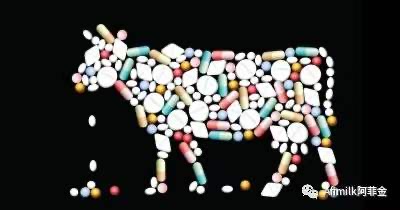
减少奶牛抗生素使用,降低兽药残留
图片来源:organicconsumers.org
——阿菲金市场部编辑整理

There are many different approaches to treating clinical mastitis on dairy farms. Some farms treat every clinical case with antibiotic tubes and supportive care. Other farms might not use any antibiotics on clinical mastitis, rather just supportive care when necessary. Yet others may only use antibiotics on severe cases of mastitis.
No matter the category your dairy falls in, it is important to track and record each case of clinical mastitis whether she is treated, not treated, or culled. The typical on-farm goal for clinical mastitis cases per year is less than 25% of the herd affected.
CULTURE CLINICAL CASES
When a cow is identified with clinical mastitis, consider a different approach other than blindly following the protocol of treat or no treat. Culturing clinical mastitis prior to treatment is simple, yields quick results, and helps to allow the producer to make a more informed decision.
Setup for on-farm culture is fairly easy and inexpensive. An incubator can range in price from $300-400 for very small, base models. A styrofoam egg incubator can also work, and is considerably less expensive. Other necessary items are culture plates (bi-plates are the easiest, other plates are available), sterile milk collection vials, and sterile swabs. Milkers can be trained to collect sterile milk samples and refrigerate after a new case is identified. The last and most important aspect of a successful on-farm culture lab is to identify a person who is interested and provides leadership and oversight to the program.
The simplest plate to use is a bi-plate. The bi-plate has two sides. Blood agar is the media where most aerobic bacteria will grow and Mackonkey agar only supports growth of gram-negative bacteria such as coliforms. After the sample is collected, trained personnel transfer a small amount of milk to the culture plate and incubate for 24 hours.
At that point, the plate can be interpreted to determine the result:
No growth-the bacteria that caused mastitis has been cleared by the cow and antibiotic therapy is not indicated
Gram-negative-antibiotic therapy is not warranted as the cow is typically able to clear the bacterial infection, however, the cow may need supportive care if necessary
Gram-positive-typically Strep or Staph; intramammary antibiotic therapy is typically indicated
Contaminated sample-these cows should either be re-cultured or not treated with antibiotics
REDUCE ANTIBIOTIC USE
The goals of implementing an on-farm milk culture lab are to reduce antibiotic use to only the cows whose cultured bacterial growth indicates they need it (gram positive) and to identify the common causes of clinical mastitis that are occurring on the farm so that appropriate intervention to reduce clinical mastitis can be enacted. The typical distribution of coliform, gram positive, and no growth should be approximately 33% in each category. That means that only about 33% of the cases of clinical mastitis (gram-positive) on a dairy farm will need antibiotic therapy.
While the milk of cows infected with gram positive bacteria typically becomes normal again after 5-6 days, those bacteria are the ones that can create chronic infections, causing increases in bulk tank somatic cell count. This is why these infections need antibiotic therapy early in the disease course.
Your veterinarian can help provide oversight and set up protocols for the on-farm milk culture program. Keep in mind that the decision to treat or not to treat is only in reference to antibiotics. Your veterinarian can write protocols for the supportive care that a cow might need depending on her physical condition.
Becoming proficient in reading culture plates also takes some practice. The easiest way to check your work is to send pictures of the plates to someone who can help, such as your veterinarian. At that point they can determine if additional testing may be needed on the plate, such as confirmation of contagious bacteria like Staph aureus or other bacteria such as Klebsiella. When you confirm your bacterial diagnosis, be sure to record your results.
Make an informed decision when treating clinical mastitis. The results will not only help reduce antibiotic use and save money, they will also help the entire herd by giving an epidemiologic snapshot of current clinical mastitis challenges.
——Edited by Afimilk Marketing Department
文章来源:www.dairyherd.com,作者:Gabe Middleton
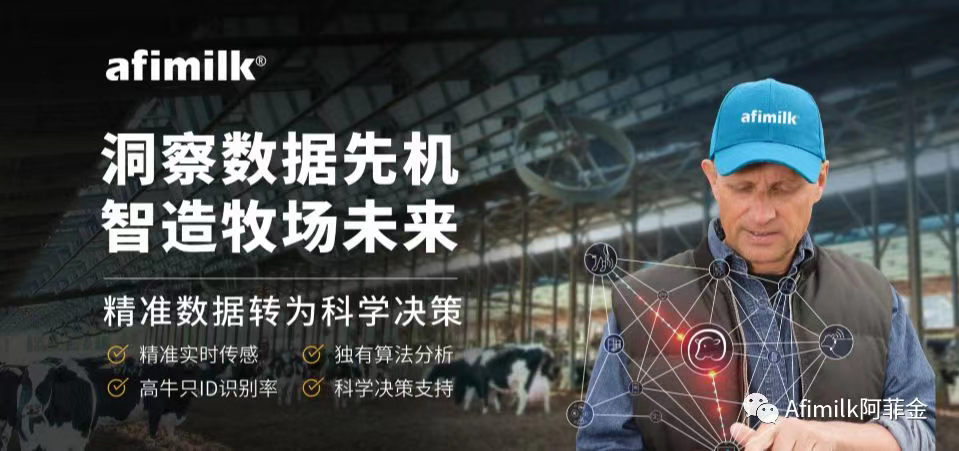

 蒙公网安备 15010502000229号 网站建设: 大旗网络
蒙公网安备 15010502000229号 网站建设: 大旗网络